We just completed four immersive days (and nights) at the 30th annual Great Lakes Sea Kayak Symposium — the oldest kayak symposium in the country, and one with an impressive pedigree. This is the symposium begun by Stan Chladek, who introduced British sea kayaks to the United States and helped jump-start BCU programming and the sport of sea kayaking in North America.
We were fortunate to be asked to teach a “one coach” program this year, allowing us to work with the same 10 students (and one coach mentee) for three and a half days. Students who choose this track are generally seeking a consistent, sequential program delivered over the course of the symposium, as opposed to exposure to numerous coaches offering specific skills sessions. For us, it’s an honor to have that trust. They’ve opted not to take a raft of attractive three-hour courses (offered by a raft of attractive coaches) in order to work with us.
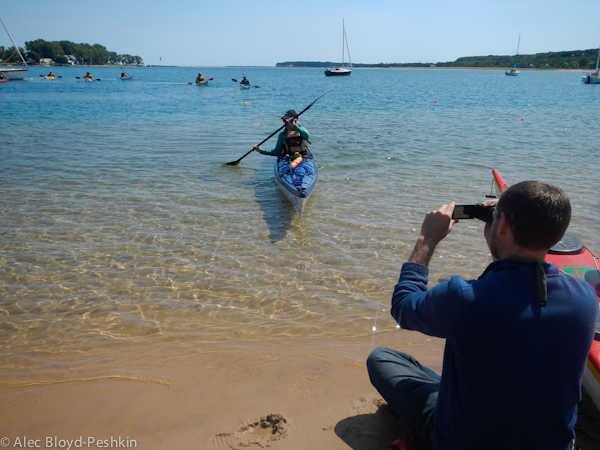
Jeremy Vore helps us film students on the first day of the symposium.
The one-coach track allows us to develop a progression for a group of students. This is especially interesting to us right now because we’re working toward our BCU UKCC Level 2 Certificate in Coaching Paddlesport, which is defined by the ability to “safely deliver a series of pre-planned Paddlesport activities to a variety of different participants” as well as to develop and evaluate those participants’ performance, and review our own coaching sessions.
It was a great incubator for a lot of the coaching practices we’ve been working on, from diverse coaching strategies to engaging and effective activities. We received feedback in several forms: our students’ level of engagement, their improvement, and their comments to us throughout the course and afterwards.
Pictured Rocks National Lakeshore offered an extra opportunity to get feedback, in the form of how well our students were able to use their skills on a journey in a sometimes challenging environment.
And a final video analysis session validated their improvement and gave them additional tools for working on their own.
In the end, the one-coach track was progressive not only for our students, but for us. Coaching itself is a progression. Good coaches are always seeking ways to improve and to assess their effectiveness. We really appreciate opportunities to practice and progress as coaches, and we’re grateful to the organizers of the symposium and to all of our students for allowing us to continue on that journey.


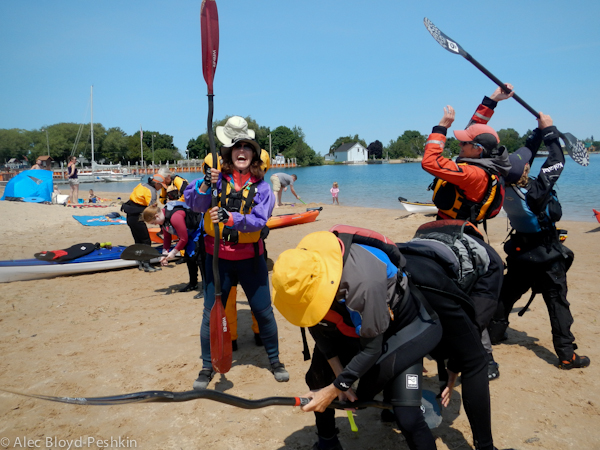
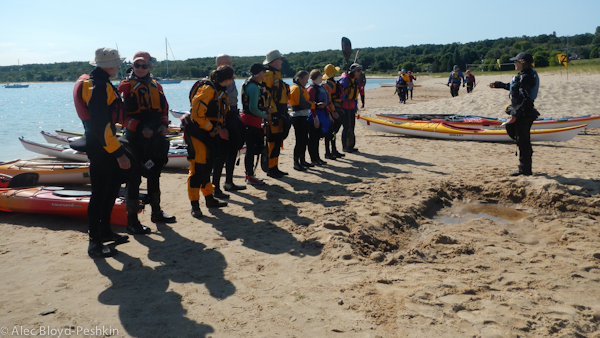
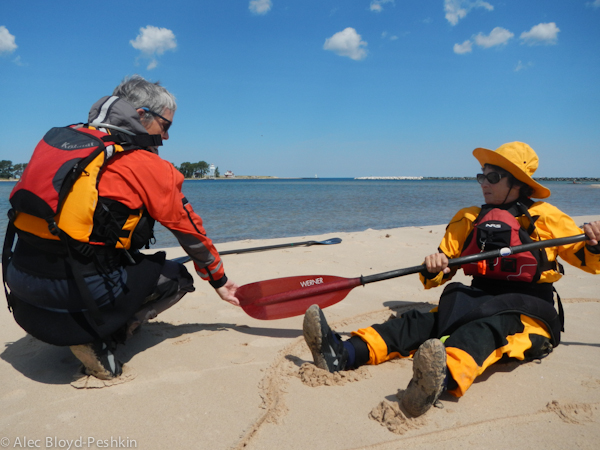
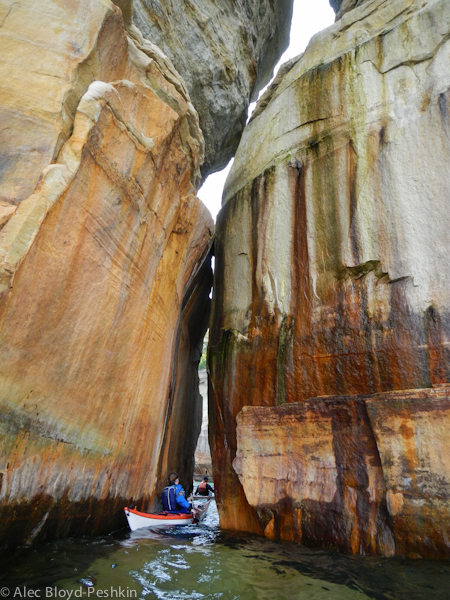

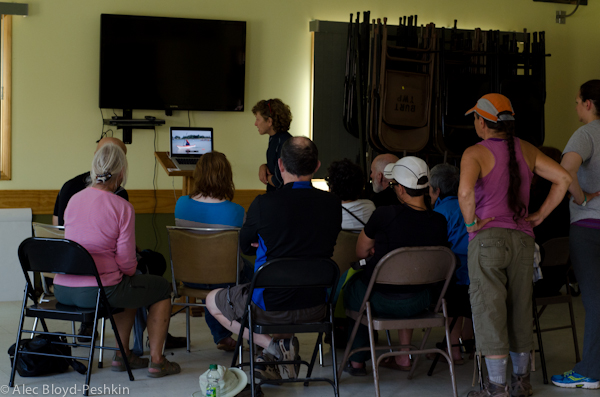

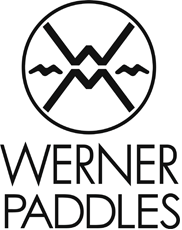
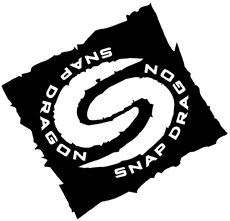




This was a great learning experience for me thanks to my highly skilled instructors and enthusiastic classmates!
We loved having you in our course, Roy. We hope to see you on the water again in the future!
Thank you for the expert paddling instruction & overall experience… from classroom to harbor to Pictured Rocks!
We enjoyed having you in our course again, Mark. Thanks for the poems! We really appreciate them.
Learned a lot and had even more fun! Can’t thank you enough!!!!!!!!!
It was great having you in our course, Pam. We look forward to more time on the water with you in the future.